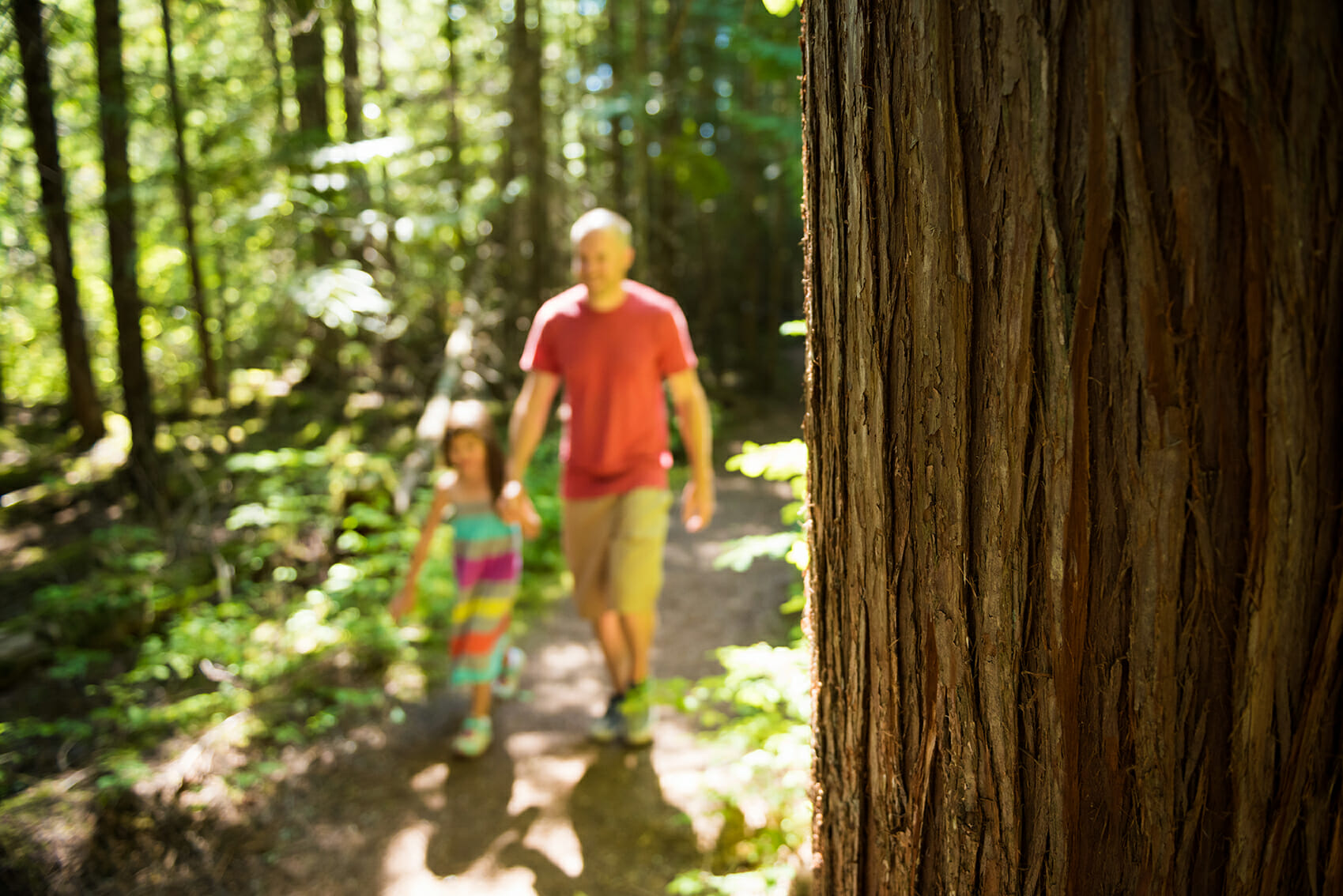The Resort Municipality of Whistler (RMOW) will continue wildfire prevention work this summer on Nesters Hill and above Taluswood, two of the priority areas identified in the RMOW Wildfire Program 2019-2027.
Fuel thinning work will take place on 14.8 hectares on Nesters Hill and 11.8 hectares above Taluswood. The work is scheduled to begin in April as snowpack allows, and continue through the summer pending appropriate fire danger ratings, with an aim to complete in autumn 2021.
“Fuel thinning treatments near neighbourhoods and critical infrastructure are important to prevent the spread of wildfire in residential areas,” explained Mayor Jack Crompton. “I appreciate the community’s patience and respect for these trail closures in the short term to help protect our community from wildfires in the long term.”
Fuel thinning requires the operation of heavy machinery and tree falling, creating a risk to wildfire crew and public safety. Given the interconnected layout of the trails, all trails on Nesters Hill will be closed for the duration of the project, including:
- Cut Yer Bars slabs
- Cut Yer Bars Trail
- Robin Yer Eggs
- Roll Yer Bones
- Cut Yer Bones
- Cut Yer Bars blue
- Hands of Doom
- Suicycle
- Sh*ts and Giggles
- ESP
Fewer trails exist in the Taluswood area, but the same cautions apply. To ensure public safety, please obey all signs and wildfire crew instructions. These trails will reopen once work is completed in the autumn. Work will stop if the fire danger rating reaches extreme and resume when the rating goes down. Depending on the stage of work, trails may be able to be reopened during that time. The Valley Trail adjacent to Nesters Hill will remain open. Visit whistler.ca/FuelThinning for the latest trail updates.
There is a significant risk of large-scale wildfire within the Sea to Sky Corridor due to the proximity of recreational trails and increasingly longer, drier summers. Fuel thinning helps to limit fire growth, reduce fire severity and aids in fire suppression efforts. This work reduces the risk of fire ignition and spread into the tree canopy by changing forest and fuel characteristics. Thinning trees in dense second growth forest areas encourages less flammable vegetation to grow on the forest floor, while reducing the amount of fuel available that could increase fire intensity and spread.
Fuel thinning also promotes ecological balance by removing dense, dark, unproductive second growth trees and leaving the healthiest, oldest and largest trees untouched. Prior to treating areas, rare or endangered vegetation is identified and bird surveys are conducted.
Fuel thinning was completed on 21 hectares of Lost Lake Park along the border of the Spruce Grove/White Gold neighborhoods plus 2 hectares on Nesters Hill in 2020. Additional forest areas treated in 2020 were 34 hectares at the far end of the Cheakamus Lake Road and an additional 15 hectares near the entrance of the Cheakamus Lake Road this past winter. The current Cheakamus Lake Road project will be completed over the next month and the road will reopen before the May long weekend.

